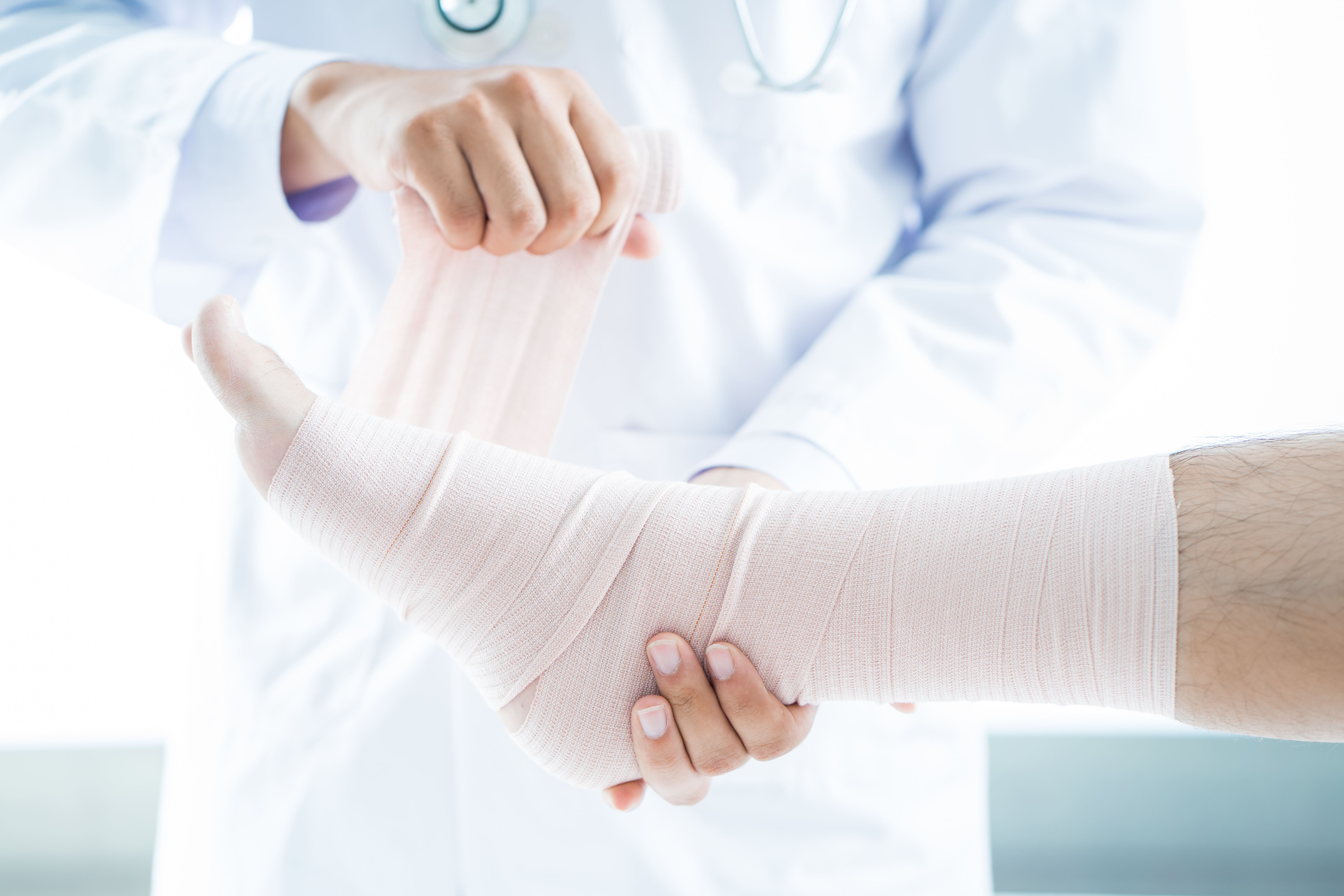Side-Stepping Amputation: It's All In Your Feet
- Category: Blog
- Posted On:
- Written By: Kirby Medical Center

Amputation is a serious risk when you have diabetes. In fact, your risk is 28 times higher than someone without the condition.
Most amputations are lower limb — toes, feet, below the knee, and above the knee. And, the risk is greatest for men, older adults, and non-Hispanic black males.
Fortunately, you can limit your risk. Control your blood sugar, exercise daily, and take your medications correctly. But, the most important thing you can do is take care of your feet.
Inspect your feet: Check your feet daily for sores, redness, blisters, calluses, ingrown toenails, numbness, open sores, or any temperature changes or hair loss. If you can’t see the bottom of your feet easily, use a mirror.
Wash your feet: Use a mild soap and warm (not hot) water. Dry your feet well, especially between your toes, and apply a non-alcoholic lotion to your feet. It keeps your feet soft and prevents cracks that let bacteria into your skin. Don’t put lotion between your toes as it can cause blisters, and don’t soak your feet because it can dry out your skin.
Cut your toenails: Cut your toenails straight across with straight clippers, and file down sharp edges. Apply foot powder, such as talcum or corn starch, to your feet, if desired.
Wear socks: Choose soft, seamless, padded socks to avoid sores and blisters. Make sure they don’t pinch or rub. They should be loose enough around the top so they don’t cut off circulation. Also, choose socks that pull sweat away from your skin, such as cotton or special acrylic. Avoid nylon.
Pay attention to shoes: Change shoes at least once daily to side-step pressure points. Check your shoes regularly for pebbles or sharp objects, and make sure they have enough cushioning for the heel, arch, and ball of your foot. Select shoes with enough room for your toes, and if your feet are two different sizes, buy the larger shoes. Don’t wear sandals or flip flops, and don’t go barefoot — even at home.
Leave calluses alone: Don’t attempt to remove calluses or foot lesions by yourself. Avoid using nail files, nail clippers, or scissors, and don’t apply chemical wart removers. Instead, see a podiatrist for expert care.
Quit smoking: Smoking constricts your blood vessels and limits oxygen to your extremities. Poor circulation is a large contributing factor to amputation risk.
These steps go a long way toward helping you avoid amputation, but know when to seek medical care. Contact your doctor if you develop these signs of trouble:
- Ingrown toenails
- Blisters
- Plantar warts on the soles of your feet (flesh colored bumps with dark specks)
- Athlete’s foot
- Swelling
- Redness
- Discolored skin
- Warmth in one area
- Pain
- Foul odor
- Ulcer lasting longer than 2 weeks
- Ulcer bigger than ¾ inch
- Ulcer so deep it exposes bone
- Sores than don’t heal quickly
Following these steps and seeking care when needed can improve your long-term mobility, increase your quality of life, and, potentially, increase your life expectancy.

2 Sage Crossing Boulevard, Suite A
Monticello, IL 61856
217-817-9400
